Confinement was a way of the cross for theArgentina. By more than 200 days of isolation forced, the albiceleste nation needed to let off steam and get back to sport. This is one of the reasons why the padel knows a tree in his practice for several weeks.
A boom sparked by the pandemic
Argentina, these are 2 million practitioners, 2600 clubs and 4900 courts according to figures put forward by Lisandro Borges, president of the Argentine Association of Padel (APA) and organizer of Buenos Aires Padel Tower. The presence of Fernando Belasteguín or Sanyo Gutierrez, superstars of the discipline, at the top of the hierarchy of World Padel Tour for many, many years, has also been a powerful catalyst in attracting new players. Not to mention the ultra spectacular young people: Tapia, Tello, Chingotto, Stupaczuk…
Le padel in Argentina, as everywhere else, benefits from its playful and easy-to-access side. “In the 90s, the padel was growing. Then he disappeared because he entered a fierce war with tennis ”, explains Lisandro Borges at infobae.com. But the padel is much more inclusive because four people can play at different levels while having fun, which is not the case in tennis which requires greater technique. This leads to a exponential growth, not only in Argentina but all over the world ”.
Modernization of the offer
To keep all the new followers, Argentinian structures must be modernized. Indeed, of the 4900 courts in the country, only 10% have carpet and 5% windows. In other words, 85% of the tracks are concrete. It is therefore imperative to modernize the offer, not only to perpetuate this new base of practitioners, but also to prevent them from injuries to the knees and ankles. It is a snowball effect: when a club invests, it becomes more attractive, which pushes the competitors to equip themselves in turn. Therefore, the level increases.
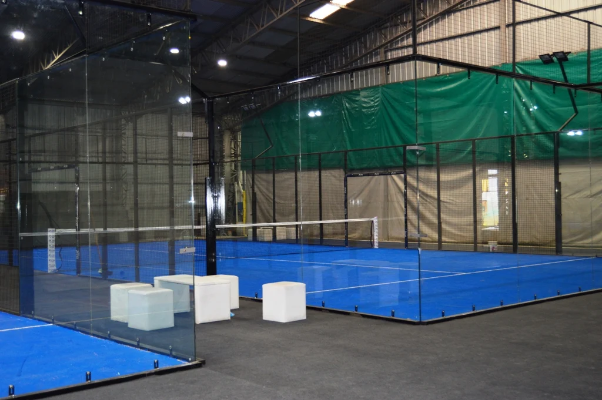
From bankruptcy to full
Le padel therefore refueled and, finally, many complexes at edge of bankruptcy early 2020 are now at the center of sports practice in Argentina. “Since September, we have lived a moment like the 90s, notes Guillermo García Berro, owner of the Pasaje del Sol club in Buenos Aires and the first owner to offer grass courts in 2012. In the months which followed the reopening following an authorization from the city, we were able to pull ourselves together ”.
And insofar as the padel respect the barrier gestures, social distancing and that it allows to find sociability with matches in doubles, the moment is almost historic: “People come to play from 17 pm to midnight and there is also a lot of competition on the weekends”. Club owner padel World Padel Center, Félix Orsatti believes that football players have referred to the padel Parts and accessories “It's a sport with few participants, which is more careful. You can stay in a smaller bubble ”.
Shortage of equipment
With this modernization of the offer, it is all business of padel who leaves sharply. Guillermo García Berro assures us, the possibility of following the exploits of the players in streaming, in particular via YouTube, has boosted the sales: “Before, people would come and play with any pala, any shoes. Today, it is with top level rackets, specific shoes. They buy them all, those who play well as those who are just starting out ”.
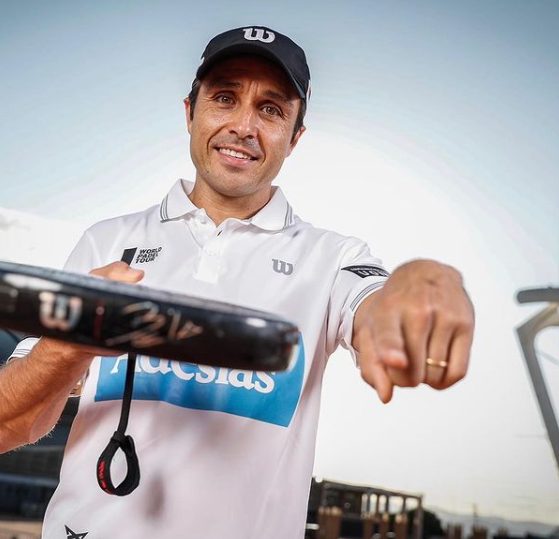
Owner of the Tenis Hollywood store, Gustavo Olivera notes a buyer fever in practitioners who have been deprived of sport for a very long time : “It's part of the current boom. It used to be fun to play, now it's even more fun. It does not happen like in tennis where 85% of amateur players want the professional racquet. In the padel, there are not so many. You can have 50% of players who buy for the price and quality and 50% who only buy high end because that's what the professional player uses ”.
Balance sheet: sales have doubled in the past year. “There is a product crisis for all brands, supports Guillermo García Berro. There are few palas. Argentinian factories cannot cope with production and specialty shops have no stock. This is due to popular demand ”. Enough to ride the wave for many more months and ensure the sustainability of the practice in Argentina!
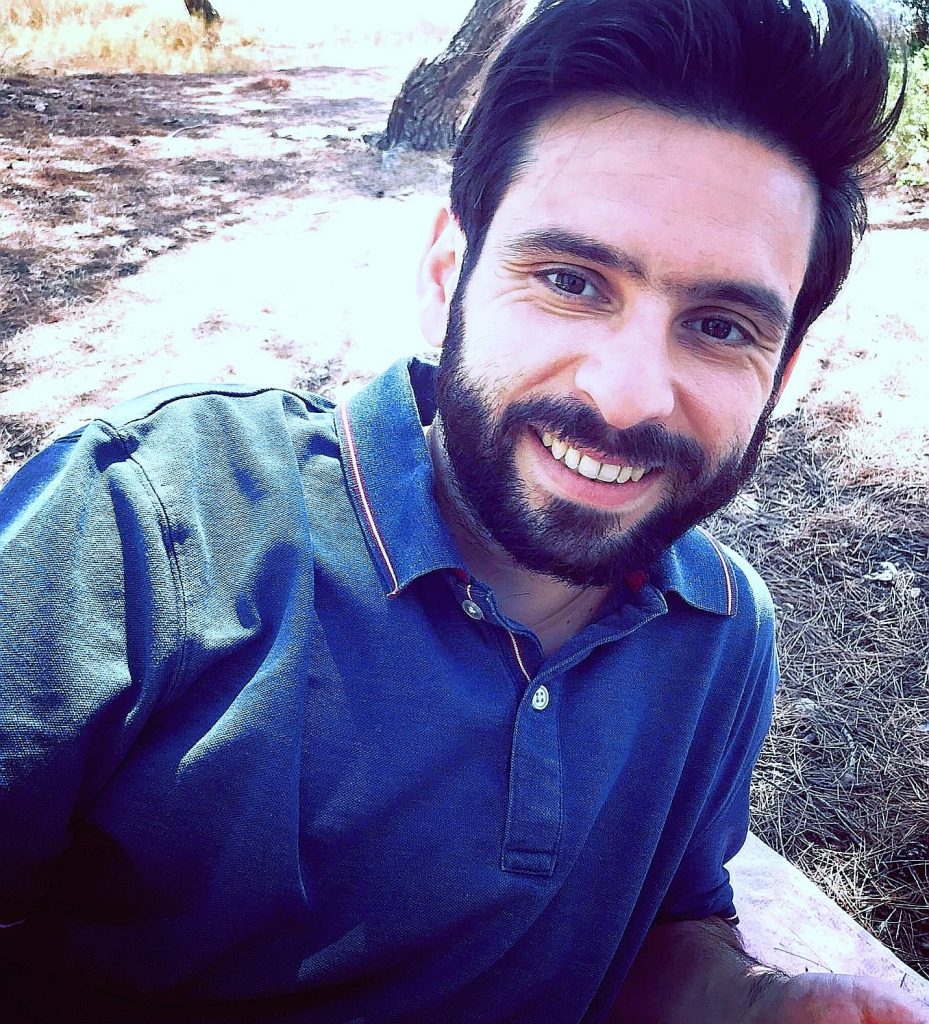
I am a sports journalist living in Barcelona and obviously a fan of padel.
RMC Sports, L'Equipe Magazine, Sport24, Infosport +, BeIN sports and now the icing on the cake: Padel Magazine ! ;)




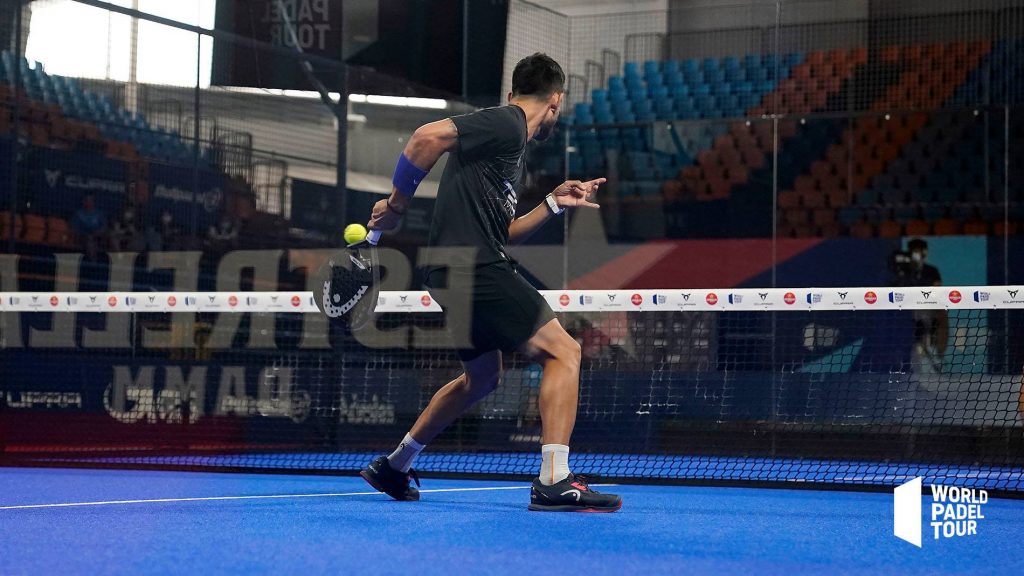































































































 Simon Boissé: “We know that there are two nations in front of us”
Simon Boissé: “We know that there are two nations in front of us”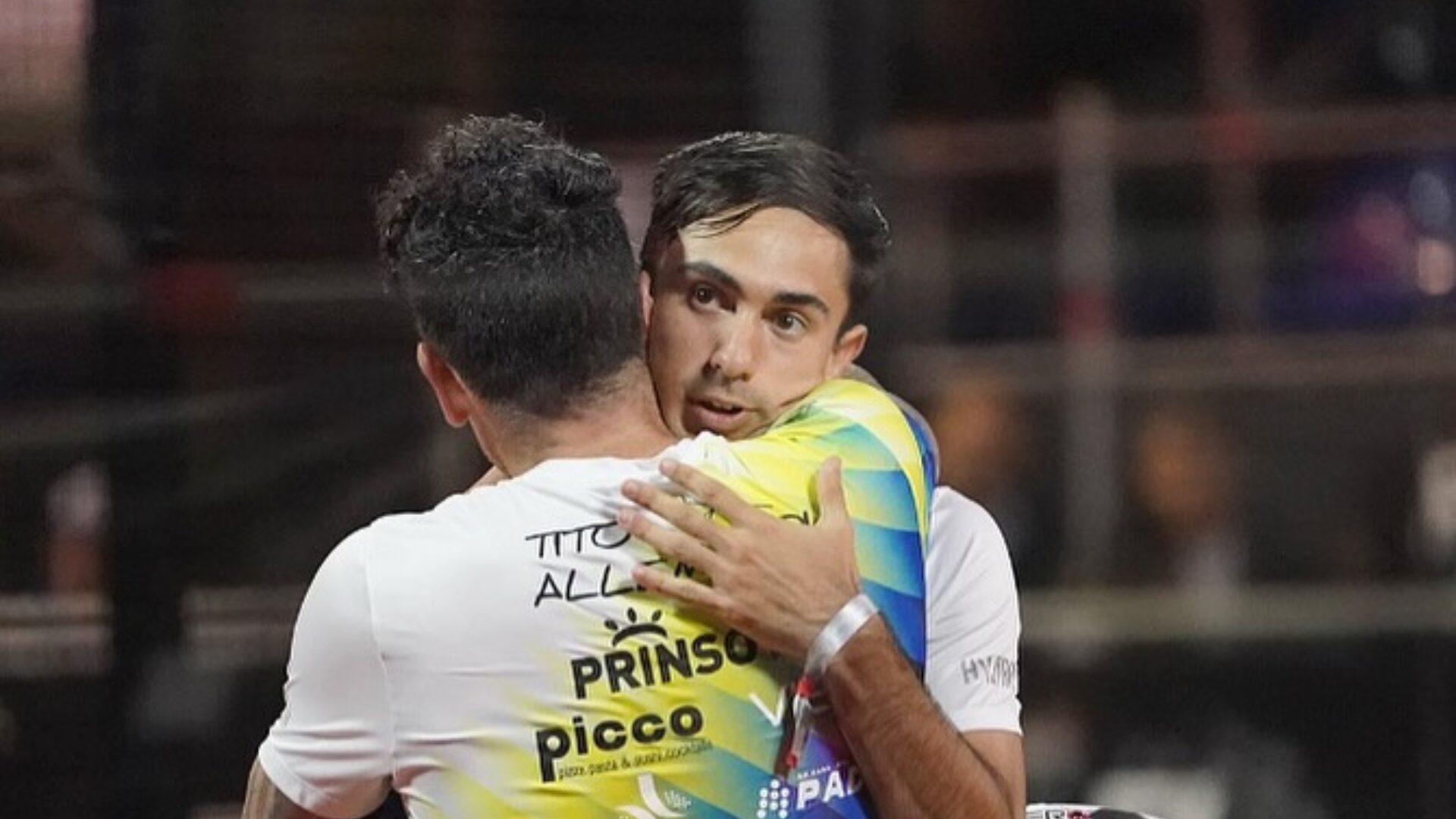 Video – When Zeus Sanchez reframes the Allemandi / Pereyra pair
Video – When Zeus Sanchez reframes the Allemandi / Pereyra pair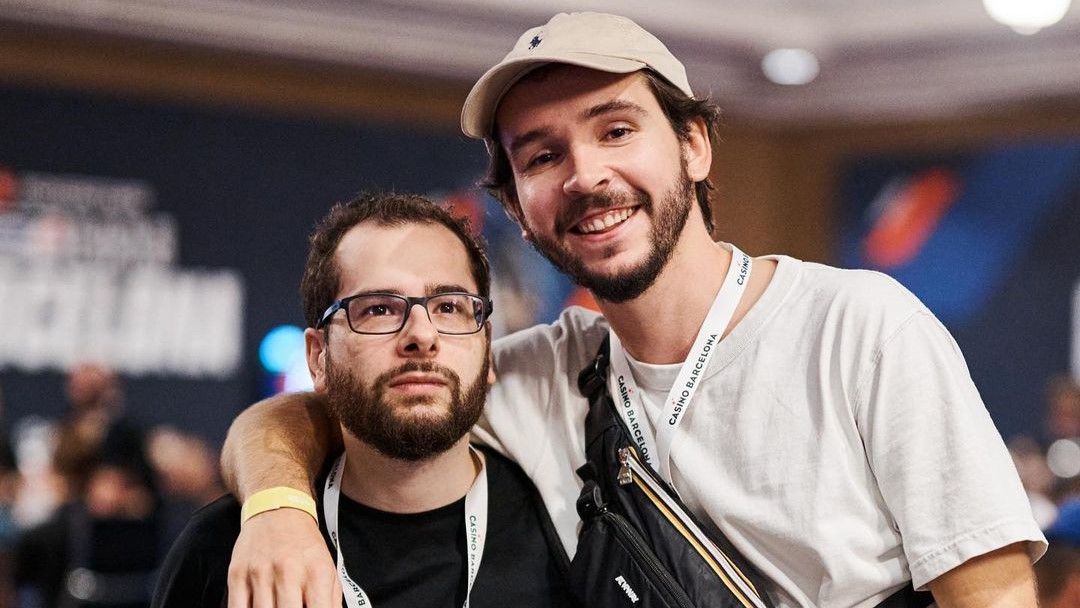 Team PAX (Domingo / Xari) returns to victory
Team PAX (Domingo / Xari) returns to victory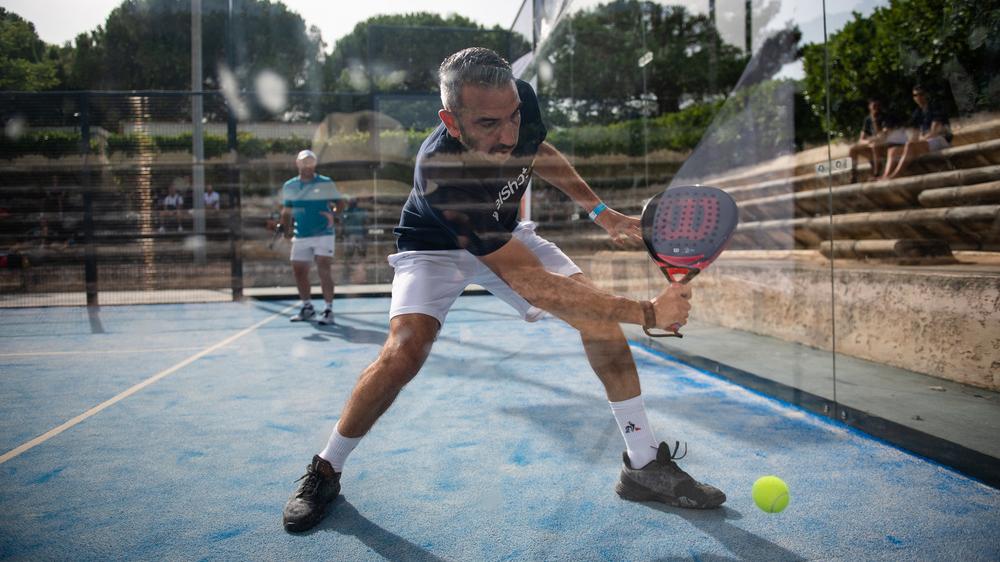 Simon Boissé: “We know that there are two nations in front of us”
Simon Boissé: “We know that there are two nations in front of us” Marie Maligo: “This period of frequent changes of partners was beneficial for me”
Marie Maligo: “This period of frequent changes of partners was beneficial for me”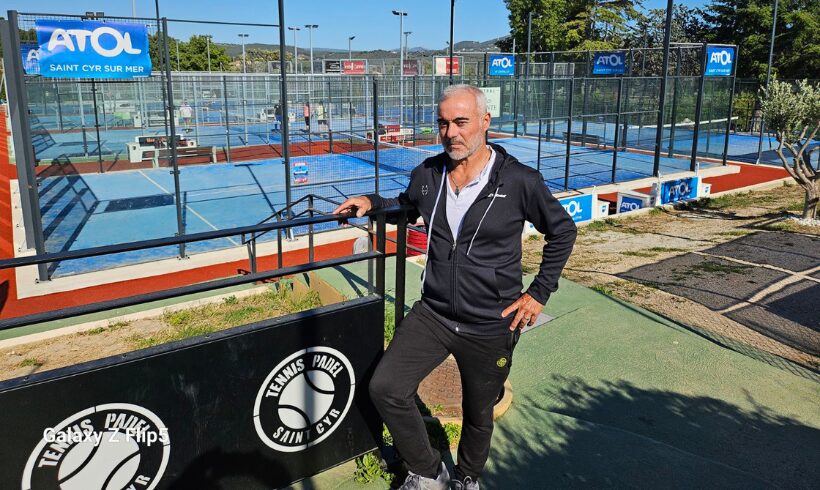 Alain Idier: “Adding tracks of padel, without sacrificing tennis”
Alain Idier: “Adding tracks of padel, without sacrificing tennis”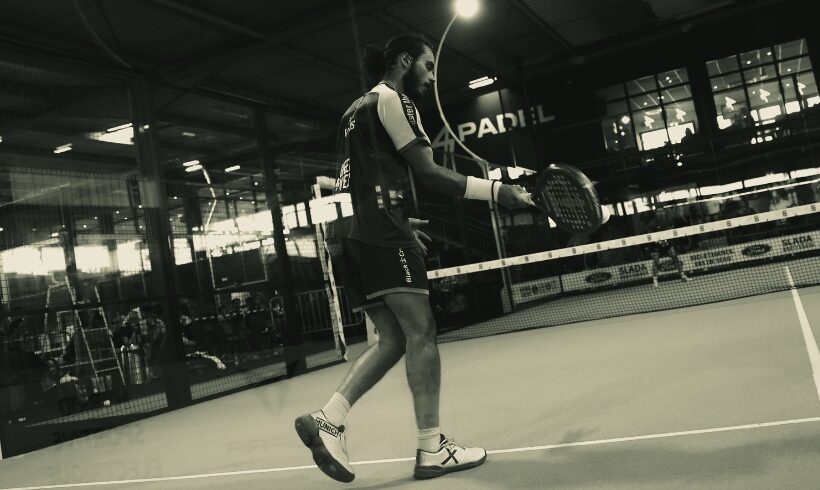 Manuel Vives: “It’s extremely difficult to get by financially”
Manuel Vives: “It’s extremely difficult to get by financially”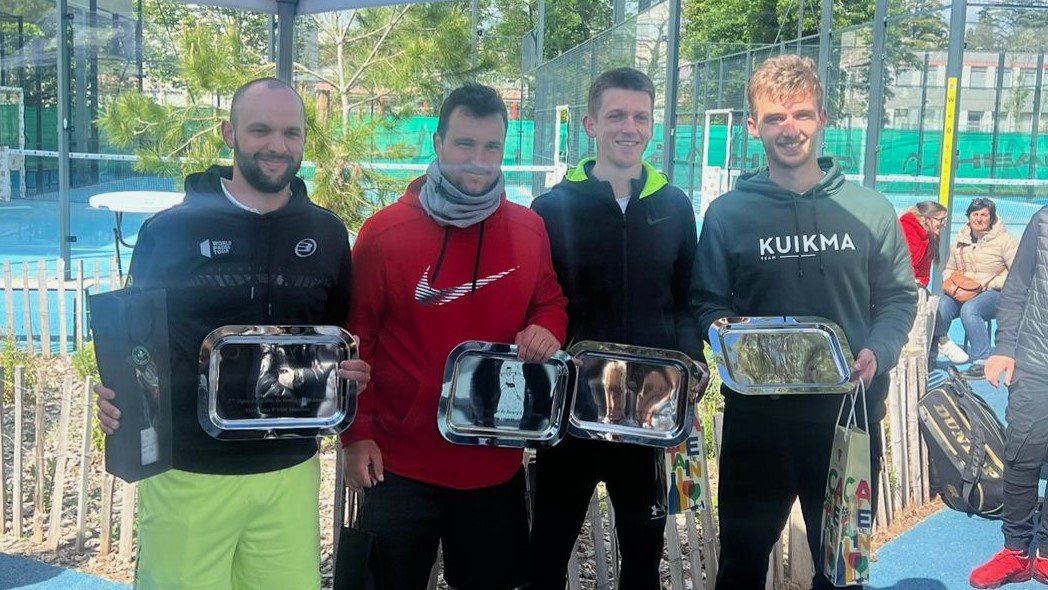 P1000 Bourg-Lès-Valence – Justin Lopes and François Authier establish themselves as bosses
P1000 Bourg-Lès-Valence – Justin Lopes and François Authier establish themselves as bosses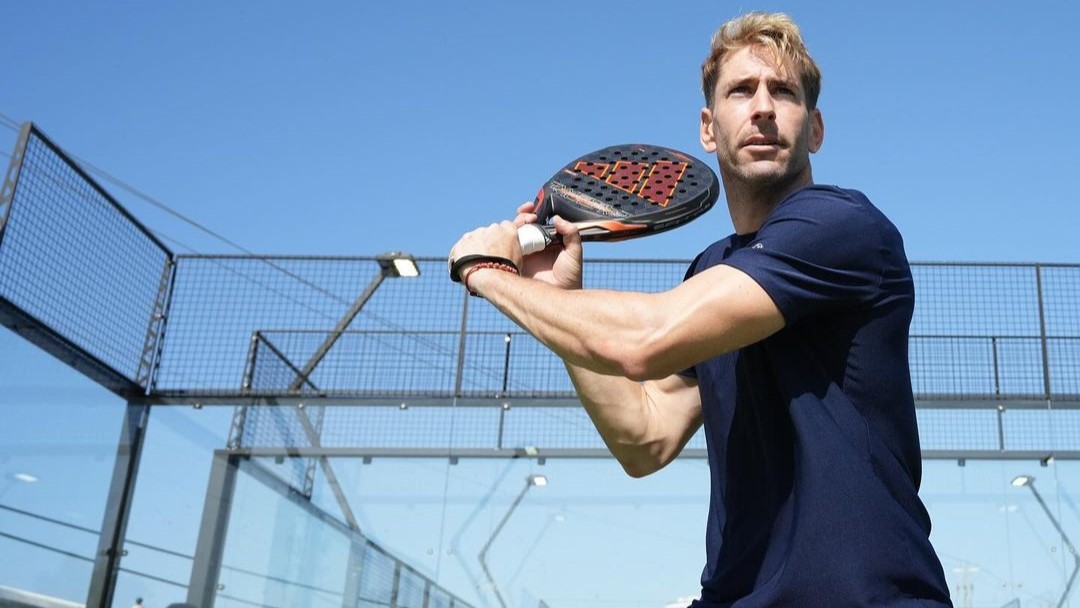 Alex Ruiz: “Finding joy again with Momo”
Alex Ruiz: “Finding joy again with Momo”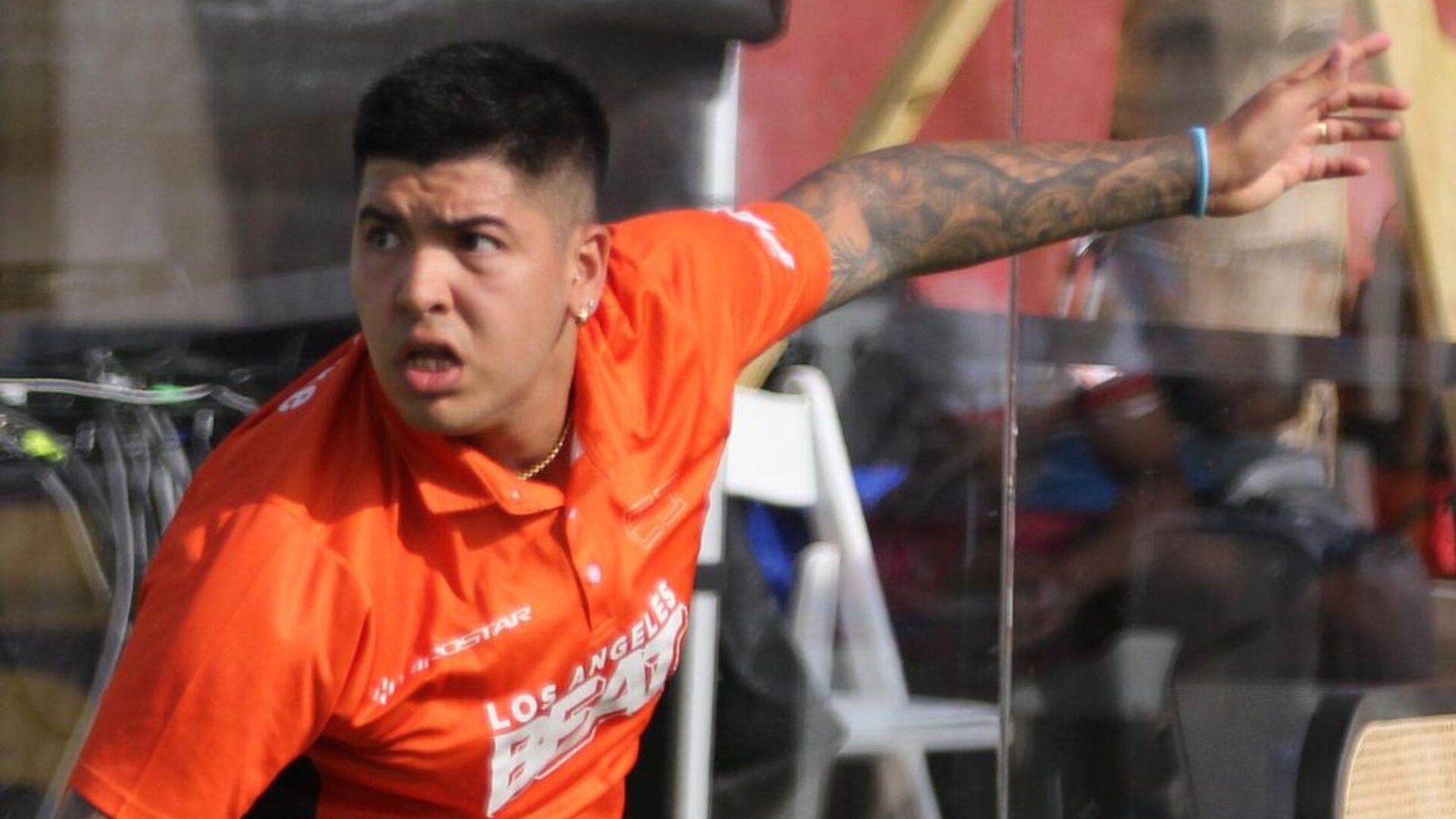 Nerone: “Tolito is not a normal player”
Nerone: “Tolito is not a normal player” P2 Brussels – Like a new school year!
P2 Brussels – Like a new school year!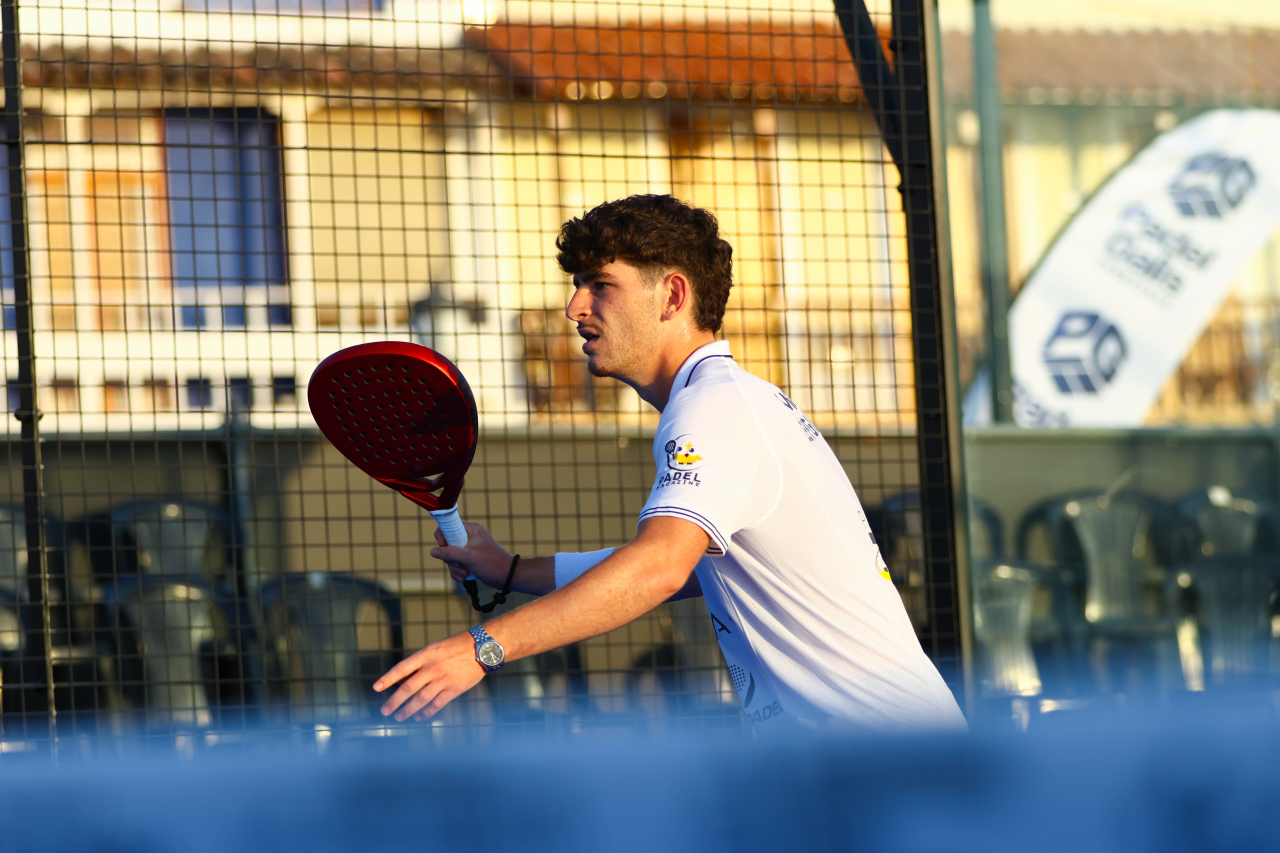 Premier Padel Brussels P2 – Thomas Leygue and Fran Ramirez Navas stopped in the first round
Premier Padel Brussels P2 – Thomas Leygue and Fran Ramirez Navas stopped in the first round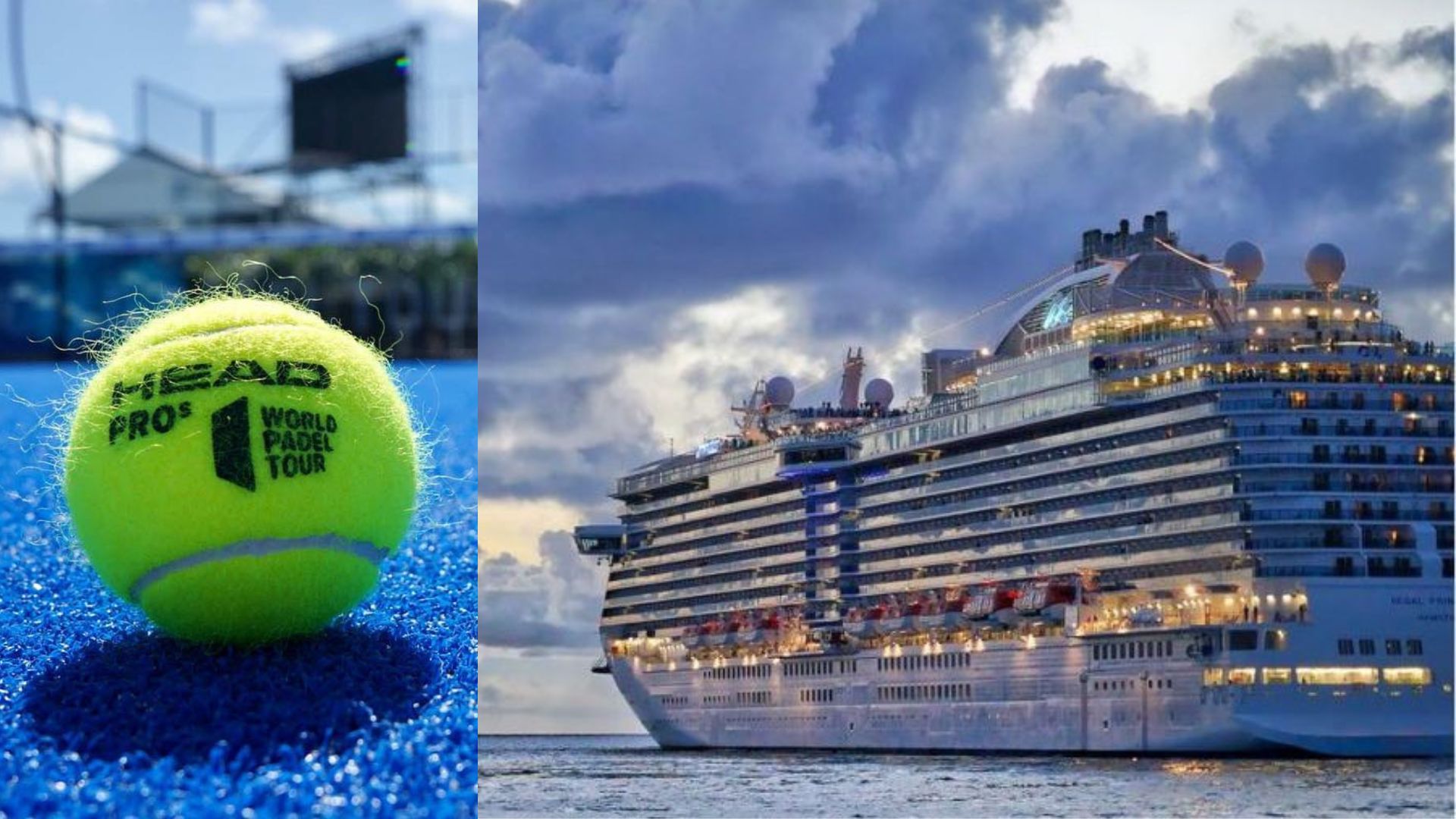 Play at padel on his yacht? Possible for €233.000!
Play at padel on his yacht? Possible for €233.000!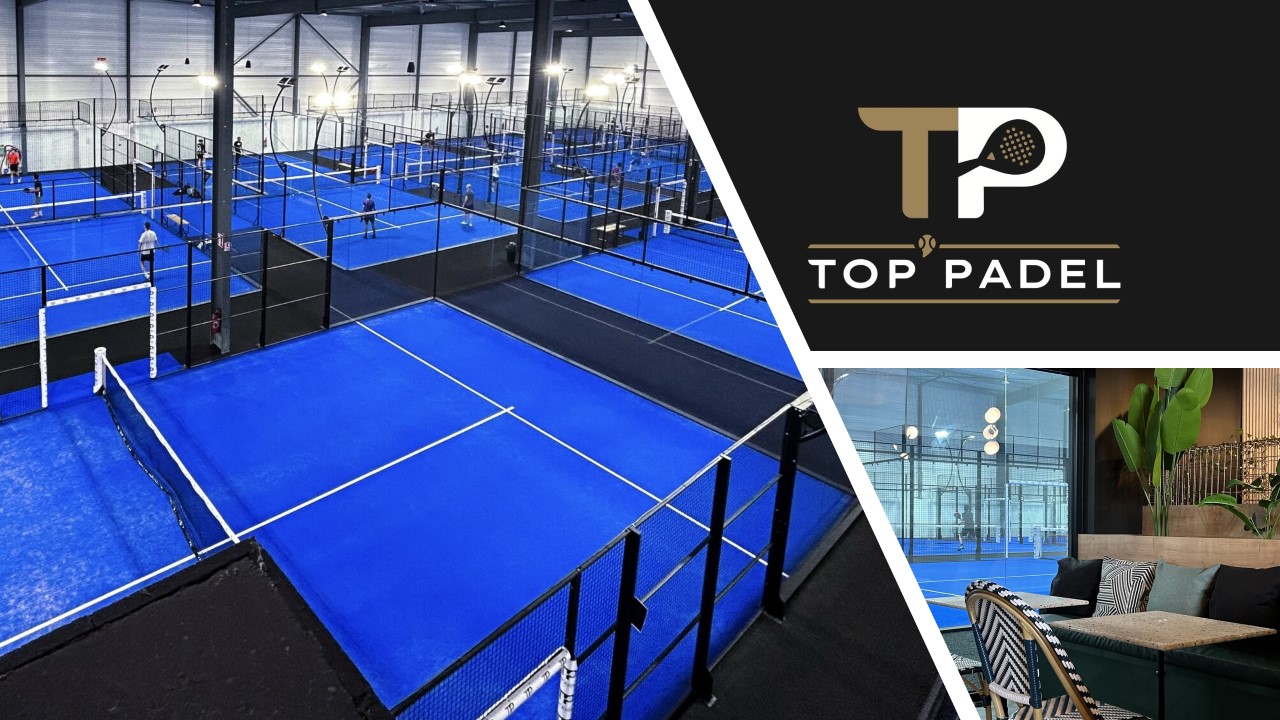 TOP Padel : “A premium club with 10 slopes in Toulouse”
TOP Padel : “A premium club with 10 slopes in Toulouse”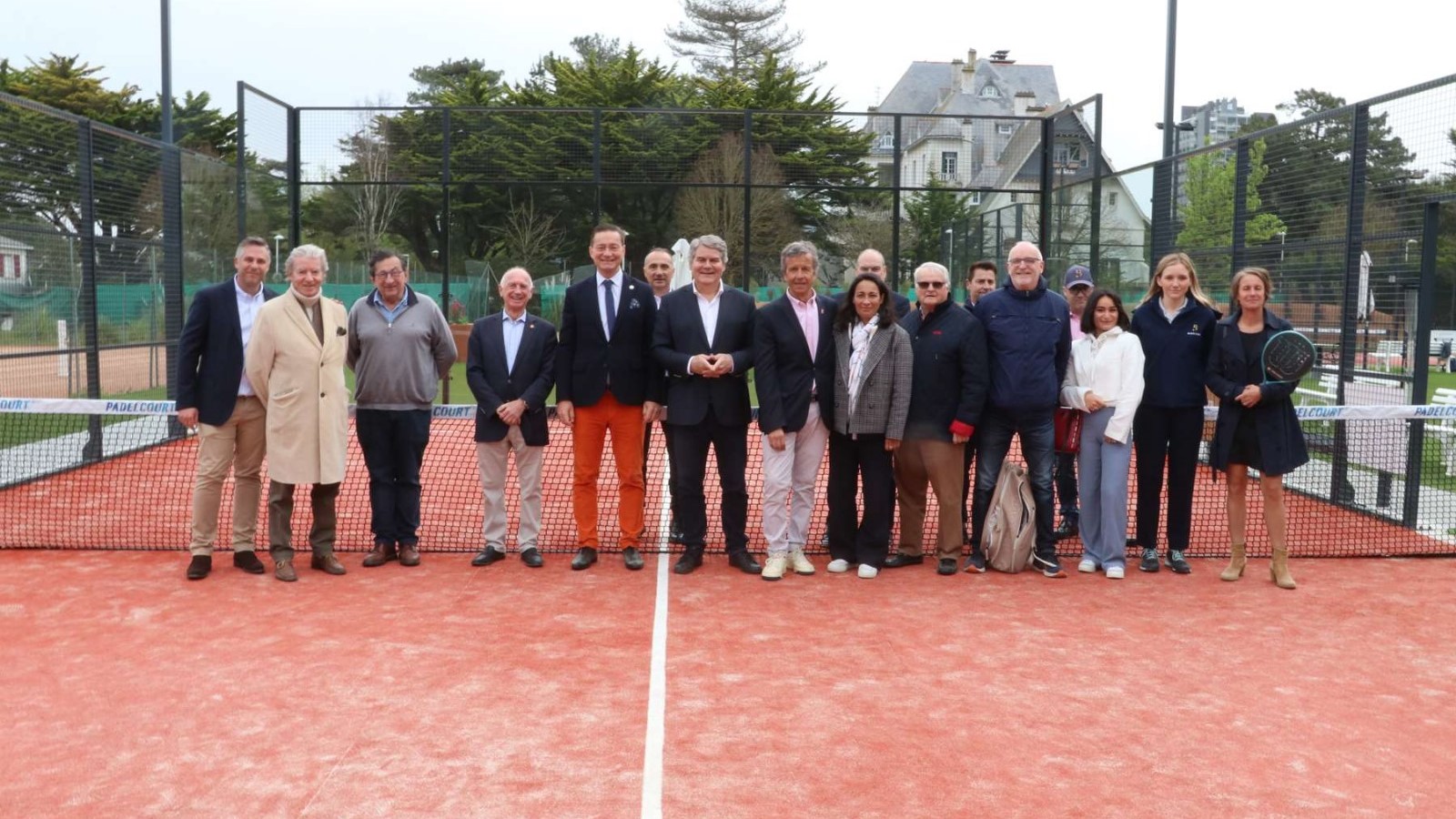 The padel of the Barrière Country Club are born in La Baule
The padel of the Barrière Country Club are born in La Baule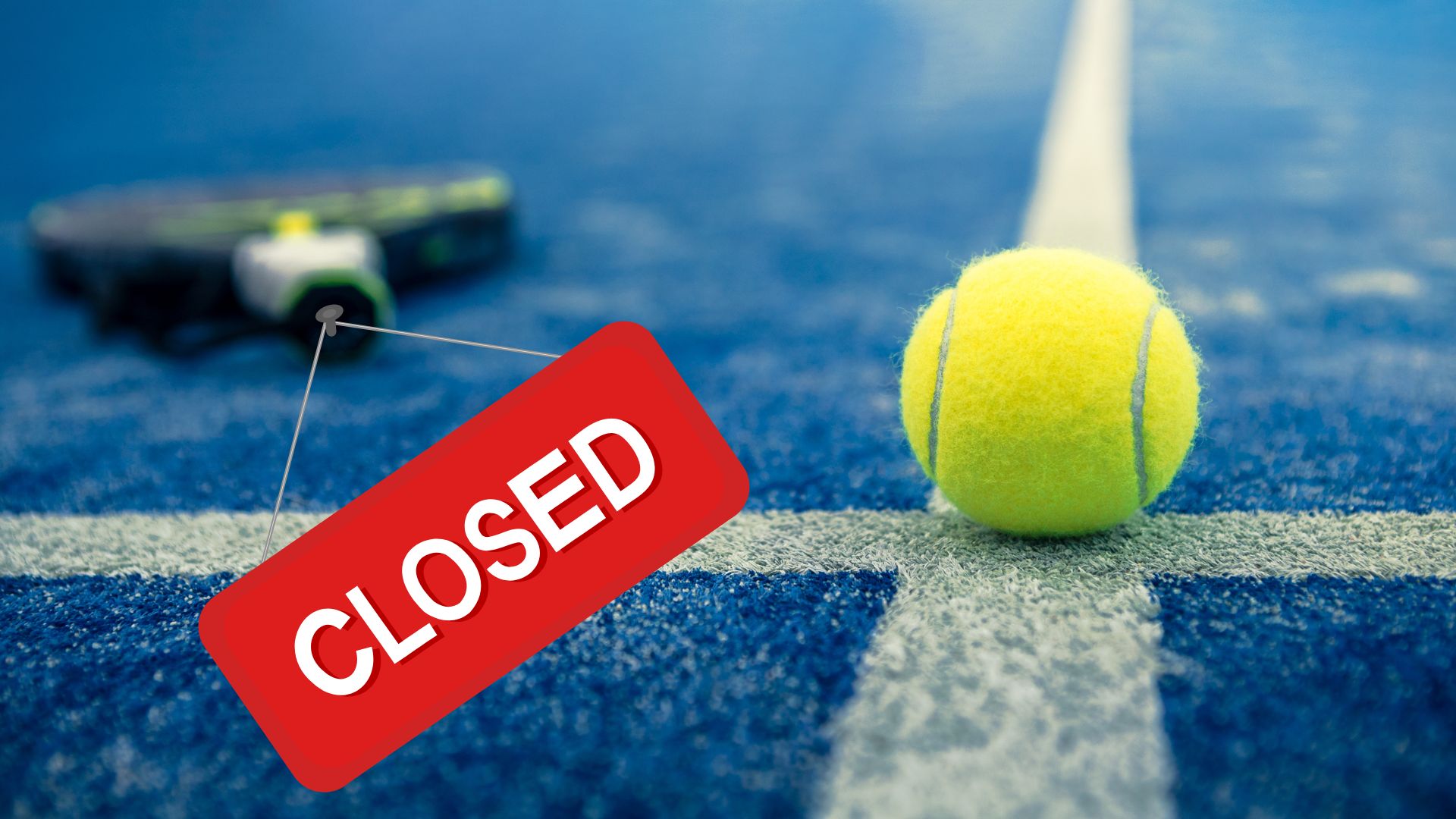 Why clubs padel do they close?
Why clubs padel do they close? The basic tactics of padel
The basic tactics of padel A par 4 is always a winner...even if you manage to defend it!
A par 4 is always a winner...even if you manage to defend it! Carbon fiber VS fiberglass: what to choose?
Carbon fiber VS fiberglass: what to choose? How to effectively test a racket padel ?
How to effectively test a racket padel ? At the heart of padel – Episode 23: defend the window well
At the heart of padel – Episode 23: defend the window well Prohibition on playing topless Padel : the reasons
Prohibition on playing topless Padel : the reasons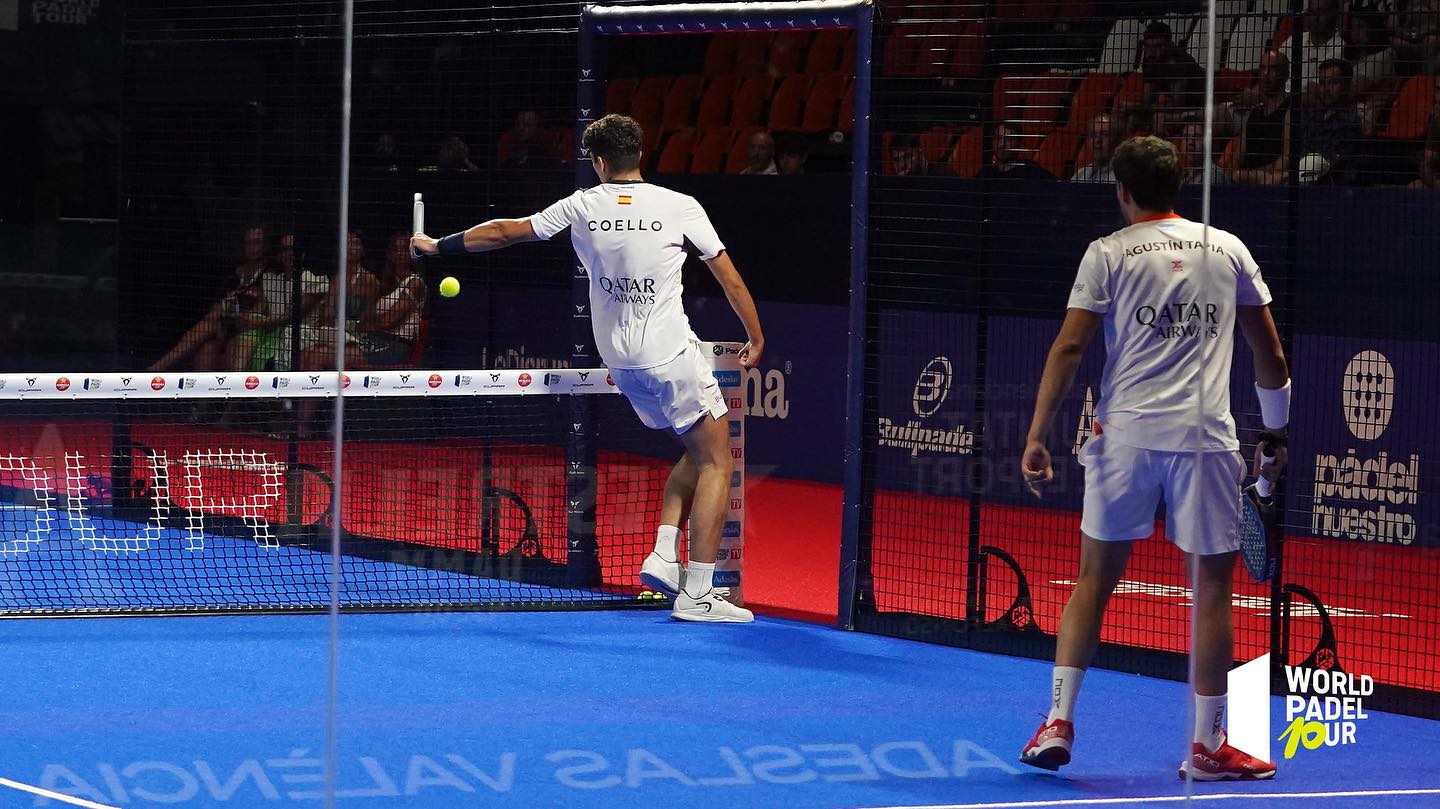 What is the difference between a dormilona, a dejada and a cushioned puerta?
What is the difference between a dormilona, a dejada and a cushioned puerta? FIP Tour – Going far from Europe, THE strategy to earn points!
FIP Tour – Going far from Europe, THE strategy to earn points! What is a good football player? padel ?
What is a good football player? padel ? “Lefties give me headaches when I play against them!”
“Lefties give me headaches when I play against them!” At the heart of padel – Episode 14: how to earn points in winter?
At the heart of padel – Episode 14: how to earn points in winter? La padel to fight Parkinson's disease
La padel to fight Parkinson's disease Don't play with a cracked or broken racket, your body will thank you!
Don't play with a cracked or broken racket, your body will thank you! Michel Cymes: “The padel, physically, it’s serious!”
Michel Cymes: “The padel, physically, it’s serious!” Jeremy Gala: “Promote the padel among young people in Belgium remains a challenge”
Jeremy Gala: “Promote the padel among young people in Belgium remains a challenge” The French Touch Academy organizes its selection day Padel-Study
The French Touch Academy organizes its selection day Padel-Study Report on the detection and training of younger generations
Report on the detection and training of younger generations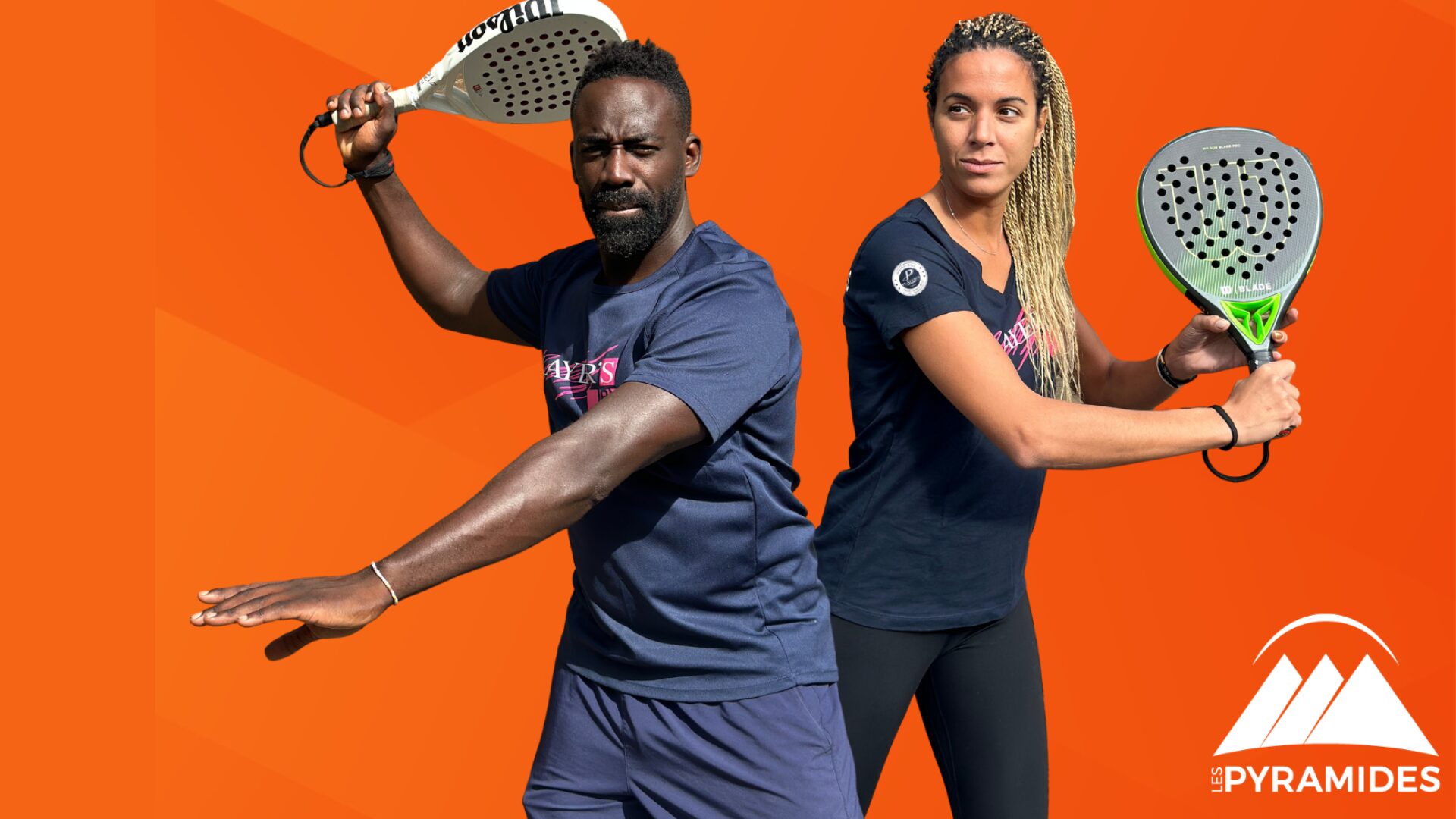 Player's adult courses from April 8 to 21, 2024!
Player's adult courses from April 8 to 21, 2024!